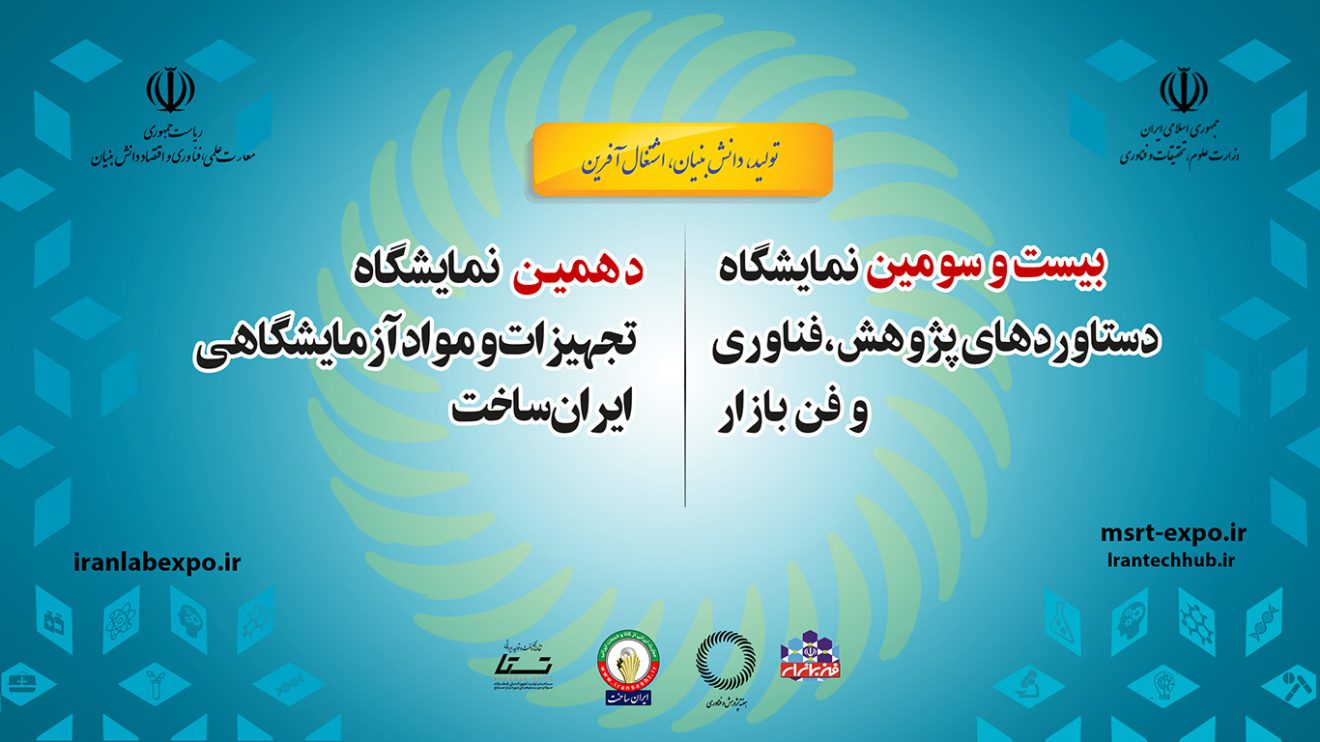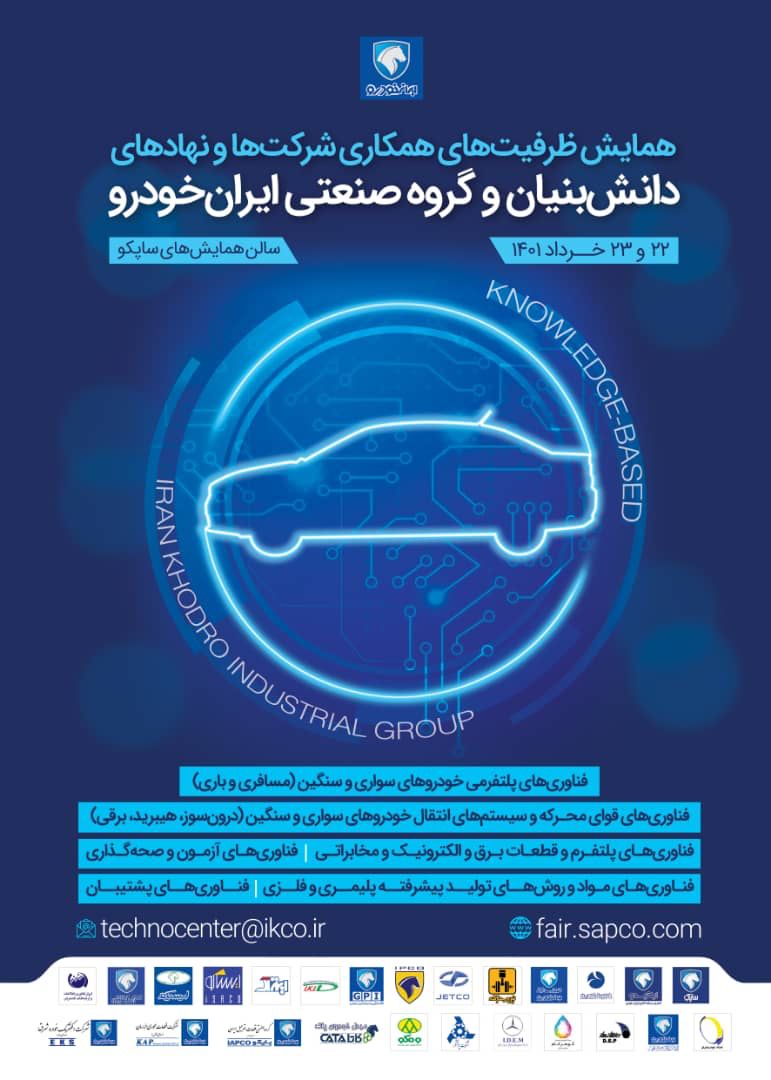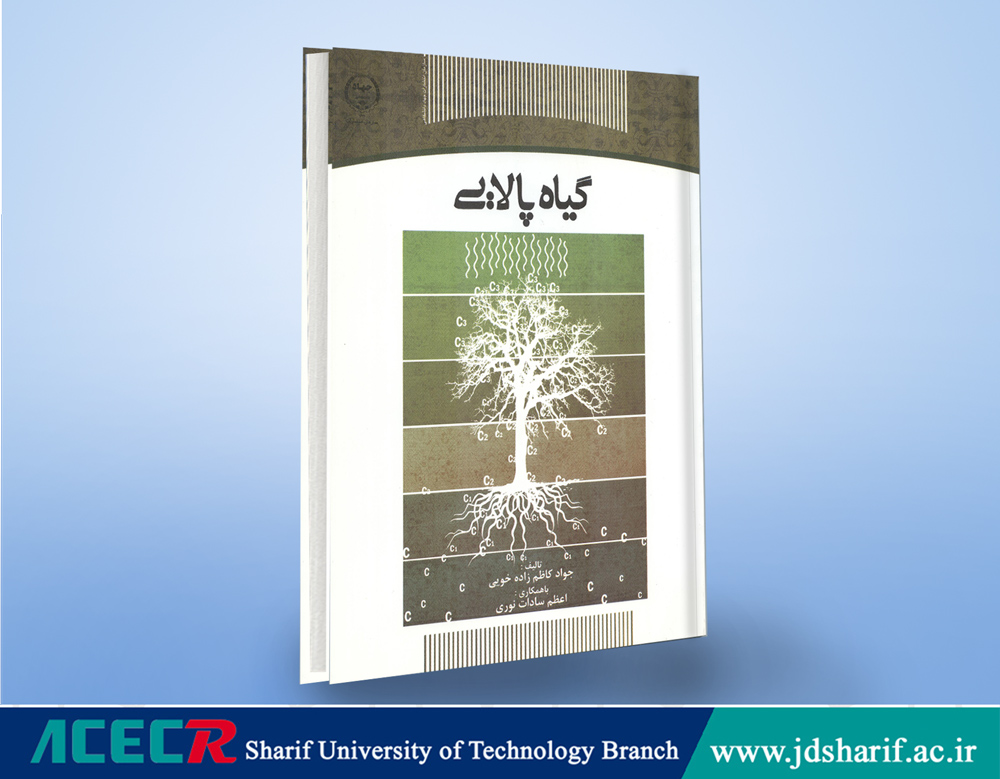انتشار مقالهی عضو سازمان جهاد دانشگاهی صنعتی شریف
در مجله بینالمللی: Optical and Quantum Electronics-Springer
این مقاله با عنوان
توسط مهندس علی آرمان عضو گروه پژوهشی فناوری خلأ سازمان جهاد دانشگاهی صنعتی شریف تالیف شده است.
مقالهی «بررسی اثر ضخامت و یکنواختی لایه، در خواص اپتیکی و میکروساختاری لایههای اکسید زیرکونیوم تهیه شده به روش الکترونگان» با ضریب تأثیر 2.084 و در تاریخ 22 جولای 2021 (31 تیرماه 1400) در مجله بینالمللی Optical and Quantum Electronics-Springer منتشر شده است.
در چکیده این مقاله آمده است:
لایههای ZrO2 با ضخامتهای مختلف به روش الکترونگان رشد داده شد. نتایج حاصل از آنالیزهای XRD و SEM نشان داد که افزایش ضخامت بر ساختار کریستالی مورفولوژی لایهها تأثیرگذار بوده که موجب تشکیل فازهای کریستالی و تغییر در پارامترهای استاتیکی و فرکتالیتی در لایهها شده است.
In this study, ZrO2 coatings with different thicknesses were grown by the electron beam evaporation technique. The crystalline structure was studied by XRD analysis which suggested the tetragonal and monoclinic phases for ZrO2 coatings. Additionally, the film thickness slightly enhanced the crystallinity. The surface morphology and fractal features were analyzed using Scanning Electron Microscopy (SEM). The surface statistical parameters and the fractal geometry were employed to analyze the impact of the coating thickness and homogeneity on the morphology of the films. The statistical processing and fractal dimension revealed variations in the morphology parameters due to the electron beam evaporation method applied for different thicknesses of samples. Based on these results, it can be concluded that the surface microtexture and fractal dimension area correlated with the thickness and homogeneity of the crystalline structure








